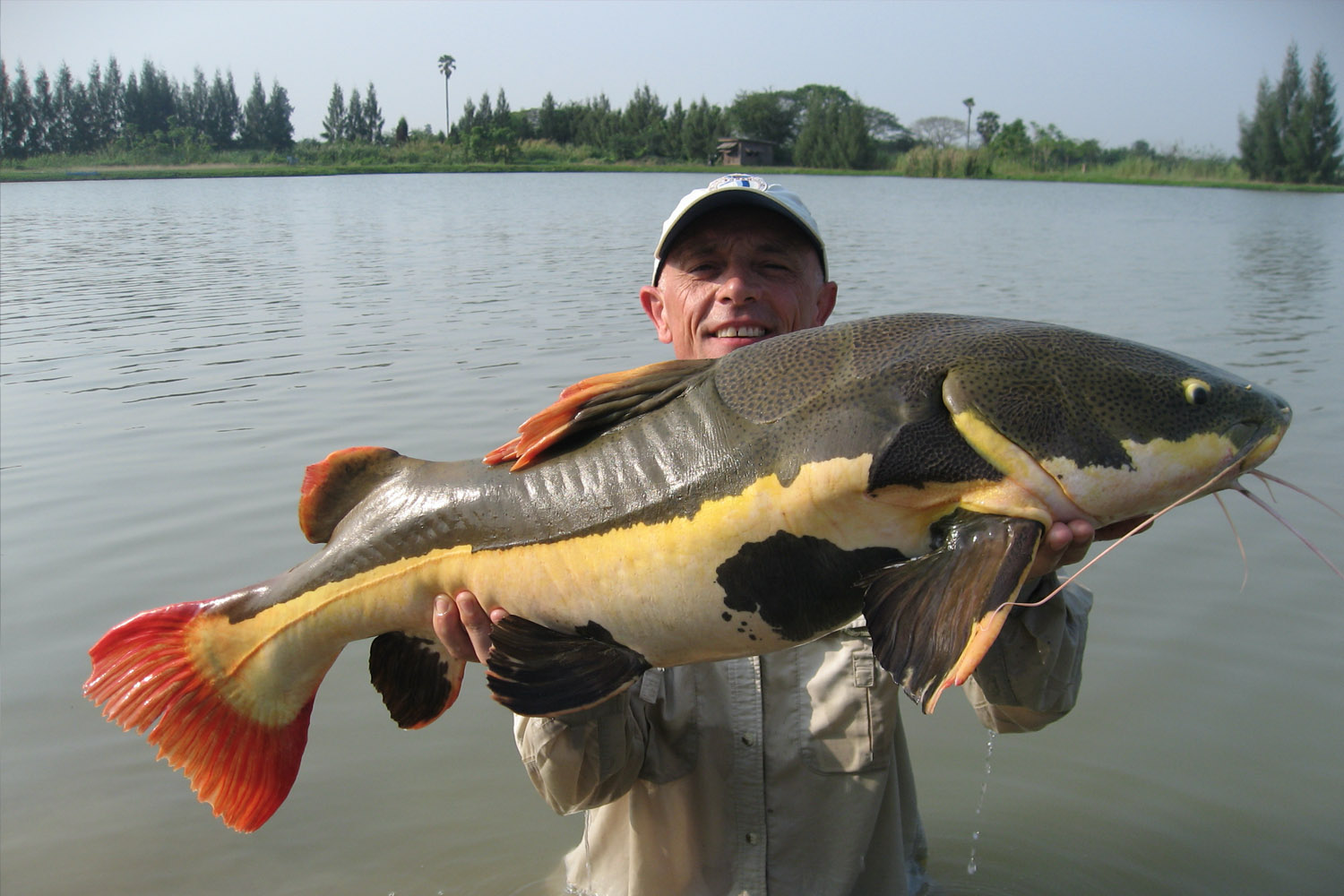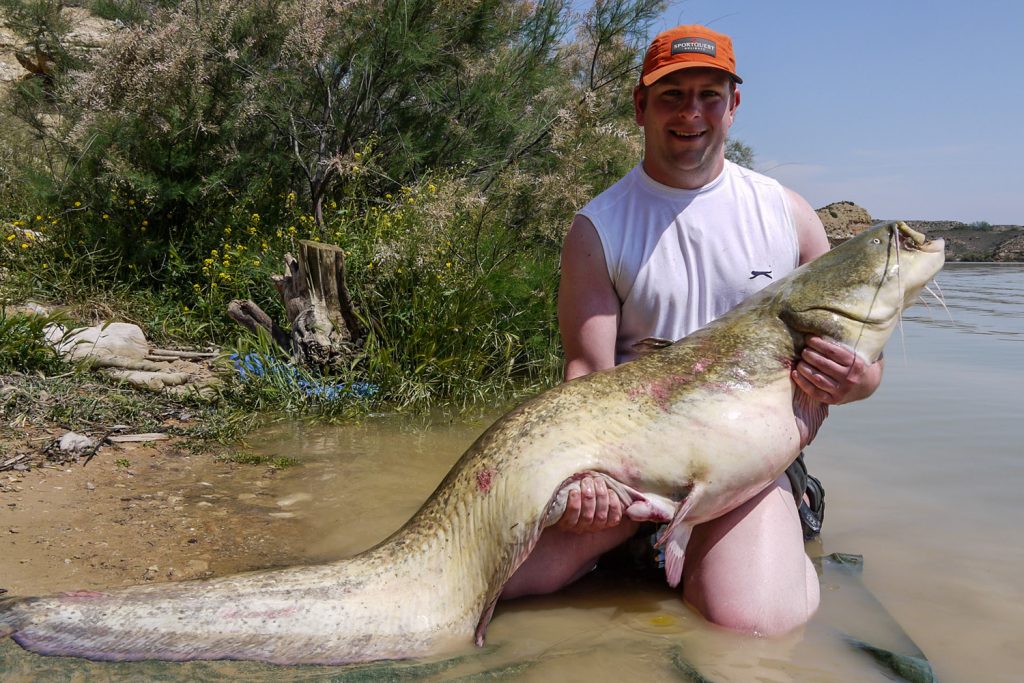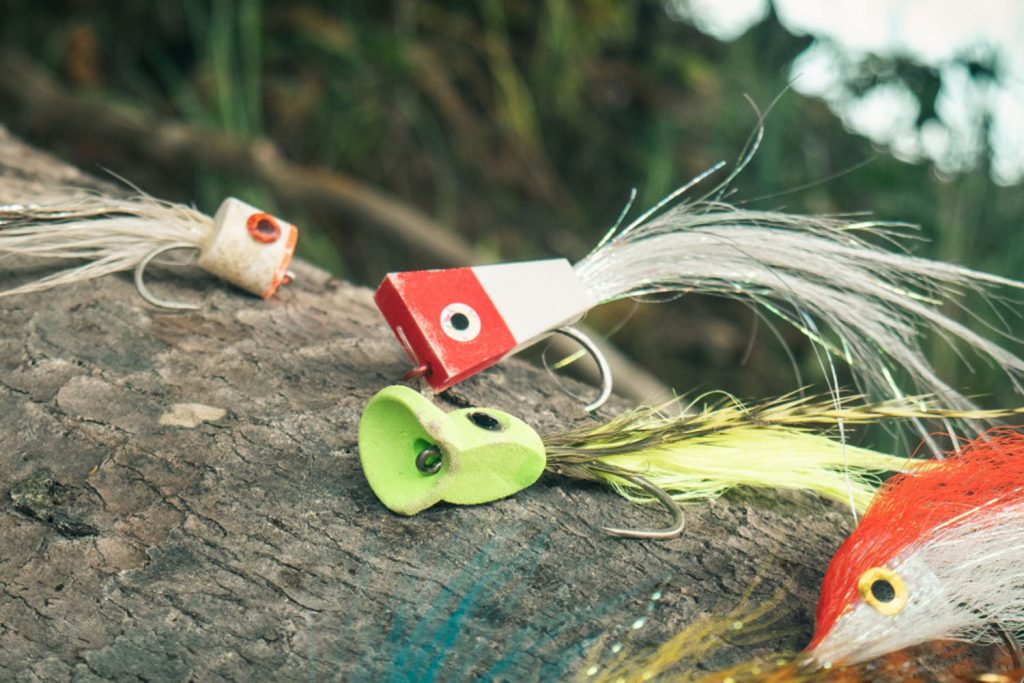How many times have you travelled and wondered about catching potential world records? Would you know the rules if you managed to catch that fish of a lifetime on a fly? I have been fortunate to have caught, landed, and claimed five world records over the years. All these have since been broken. However, it never takes it away from yourself what an achievement it was at that time. As people say, you never lose a world record; it only gets beaten. However, you do get some impressive certificates that look great for many years to come framed on your wall of fame.


So if you either want to go looking for and chasing world records on the fly, or you find yourself in the fortunate position that you have just landed a potential world record, what do you do next?
Below I have tried to simplify some of the rules and make it as easy to understand as possible once you get the basics, it’s easy, and you never know that the next cast might just be the one.
Tippet Class
Fly fishing records for each species is based on “Tippet Class” and there are 7 tippet class to choose from. But what does all this mean?


The tippet is a weak link of line that has to conform to strict rules as detailed below. As this is the weakest link in all of the anglers set up this determines what line class record you are fishing for. For example, if you have a setup that has a 25lb leader from your fly line which then goes down to a 12lb tippet before having a short piece of 100lb shock tippet, the weakest link is the 12lb tippet. This means that any fish caught on this setup could, if the fish was the correct weight and size, be put forward for a potential record.
The tippet class that are available for each freshwater & saltwater species are as follows:
Metric U.S. Customary
- 1 kg 2 lb
- 2 kg 4 lb
- 3 kg 6 lb
- 4 kg 8 lb
- 6 kg 12 lb
- 8 kg 16 lb
- 10 kg 20 lb
However, there are rules that have to be followed, which I have attempted to explain below.
Equipment Regulations
Line
The breaking strength of the fly line and backing are not restricted; therefore any type of line and back can be used.
Leader
A leader includes a class tippet and, optionally, a shock tippet. These must conform to the accepted fly fishing customs. Another factor that is considered as part of the leader is the butt or taper section between the fly line and the class tippet. Because of this, there are no limits on its length, material, or strength.
A class tippet must be made of a non-metallic material and either attached directly to the fly or to the shock tippet if one is used. The class tippet must be at least 15 inches (38.10 cm) long (measured inside connecting knots). With respect to knotless, tapered leaders, the terminal 15 inches (38.10 cm) will also determine tippet class. There is no maximum length limitation.
A shock tippet, not to exceed 12 inches (30.48 cm) in length, may be added to the class tippet and tied to the lure. It can be made of any type of material, and there is no limit on its breaking strength. The shock tippet is measured from the eye of the hook to the single strand of class tippet and includes any knots used to connect the shock tippet to the class tippet. In the case of a tandem hook fly, the shock tippet shall be measured from the eye of the leading hook.




Note: When submitting a claim you will be required to submit the whole leader set up which will be tested by the IGFA, if you are seriously looking to chase some tippet class records I would highly recommend you purchase some high-class mono line like “Ande Line” as cheap lines tend to be underrated therefore when tested they will break at a higher strength and as such your hard work and claim will be dismissed.
Rod
All rods must conform and cast according to the accepted fly fishing customs and practices despite the material used or the number of sections. A rod cannot measure less than 6 feet (1.82 m) in overall length and any rod that gives the angler an unsporting advantage is disqualified. Overall butt length may not exceed six inches when measured from the centre of the reel foot to the end of the butt. Overall butt length for two-handed or spey rods longer than 11 feet may not exceed 10 inches when measured from the centre of the reel foot to the end of the butt.
Reel
The reel must be designed expressly for fly fishing. There are no restrictions on gear ratio or type of drag employed except where the angler would gain an unfair advantage. Electric or electronically operated reels are prohibited.


Hooks
A conventional fly may be dressed on a single or double hook or two single hooks in tandem. The second hook in any tandem fly must not extend beyond the wing material. The eyes of the hooks shall be no farther than 6 inches (15.24 cm) apart. Treble hooks are prohibited.
Flies
The fly must be a recognized type of artificial fly, which includes streamer, bucktail, tube fly, wet fly, dry fly, nymph, popper and bug. The use of any other type of lure or natural or preserved bait, either singularly or attached to the fly, is expressly prohibited. Only a single fly is allowed. Dropper flies are prohibited. The fact that a lure can be cast with a fly rod is not evidence in itself that it fits the definition of a fly. The use of any lure designed to entangle or foul hook a fish is prohibited. No scent, either natural or artificial is allowed on flies. The use of scented material in a fly is prohibited.


Gaffs and Nets
Gaffs and nets used to boat or land a fish must not exceed 8 feet (2.44 meters) in overall length. (When fishing from a bridge, pier or other high stationary structure, this length limitation does not apply.) The use of a flying gaff is not permitted. Only a single hook is permitted on any gaff. Harpoon or lance attachments are prohibited. A rope or any extension cannot be attached to the gaff.
Angling Regulations
- The angler must cast, hook, fight, and bring the fish to gaff or net unaided by any other person. No other person may touch any part of the tackle during the playing of the fish or give aid other than taking the leader for gaffing or netting purposes. Anyone assisting a shore-bound or wading angler must be within a rods length of the angler before touching the leader or netting or gaffing the fish.
- Casting and retrieving must be carried out in accordance with normal customs and generally accepted practices. The major criterion in casting is that the weight of the line must carry the fly rather than the weight of the fly carrying the line. Trolling a fly behind a moving watercraft is not permitted. The craft must be completely out of gear both at the time the fly is presented to the fish and during the retrieve. The maximum amount of line that can be stripped off the reel is 120 feet (36.57 meters) from the fly.
- Once a fish is hooked, the tackle may not be altered in any way, with the exception of adding an extension butt. A harness cannot be attached to the fly rod.
- Fish must be hooked on the fly in use. If a small fish takes the fly and a larger fish swallows the smaller fish, the catch will be disallowed.
- One or more people may assist in gaffing or netting the fish.
- The angling and equipment regulations shall apply until the fish is weighed.
The following acts will disqualify a catch
- Failure to comply with equipment or angling regulations.
- The act of persons other than the angler in touching any part of the rod, reel, or line either bodily or with any device during the playing of the fish, or in giving any aid other than that allowed in the rules and regulations. If an obstacle to the passage of the line through the rod guides has to be removed from the line, then the obstacle shall be held and cut free. Under no circumstances should the line be held or touched by anyone other than the angler during this process.
- Resting the rod on any part of the boat, or on any other object while playing the fish.
- Handlining or using a handline or rope attached in any manner to the angler’s line or leader for the purpose of holding or lifting the fish.
- Intentionally foul hooking or snagging a fish.
- Shooting, harpooning or lancing any fish (including sharks and halibut) at any stage of the catch.
- Chumming with the flesh, blood, skin, or any part of mammals.
- Using a boat or device to beach or drive a fish into shallow water in order to deprive the fish of its normal ability to swim.
- Attaching the angler’s line or leader to part of a boat or other object for the purpose of holding or lifting the fish.
- If a fish escapes before gaffing or netting and is recaptured by any method other than as outlined in the angling rules.
- When a rod breaks (while the fish is being played) in a manner that reduces its length below minimum dimensions or severely impairs its angling characteristics.
- When a fish is hooked or entangled on more than one line.
- Mutilation to the fish, prior to landing or boating the catch, caused by sharks, other fish, mammals, or propellers that remove or penetrate the flesh. (Injuries caused by leader or line, scratches, old healed scars or regeneration deformities are not considered to be disqualifying injuries.) Any mutilation on the fish must be shown in a photograph and fully explained in a separate report accompanying the record application.
- Holding or touching an angler in a manner that assists them in fighting the fish or takes pressure off of the angler. Touching or briefly holding the angler to prevent them from falling does not constitute a disqualification.
I hope the above gives you a good insight into the world of records. More information can be found on the IGFA website.
Tight Lines and good luck everyone.
CONTACT US
If you fancy travelling to try and catch a world record of your own, then browse through all of our destinations. We have a huge range of freshwater and saltwater fly fishing, big game, popper and jig fishing and sea fishing both from the boat and shore. If you’d like any further information on any of the tours you can contact our team on 01603 407596 or via email at info@sportquestholidays.com and one of the team members will help you with any queries.








